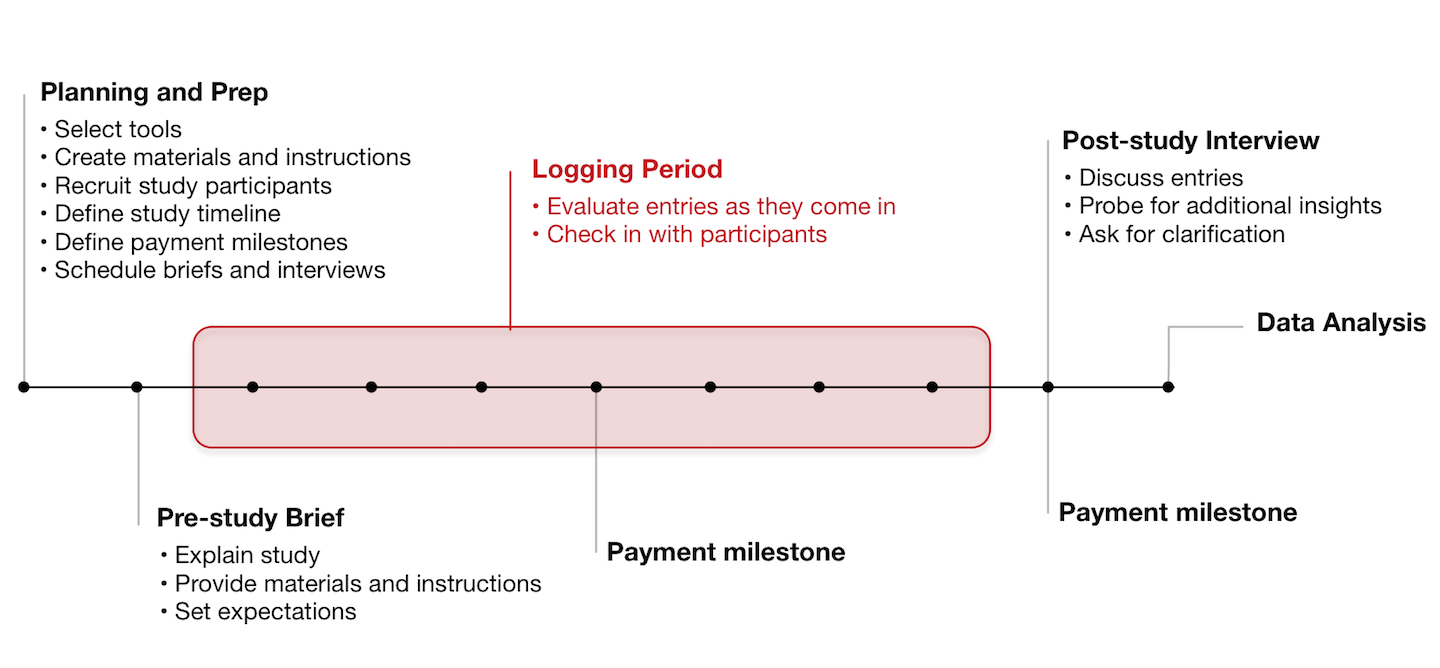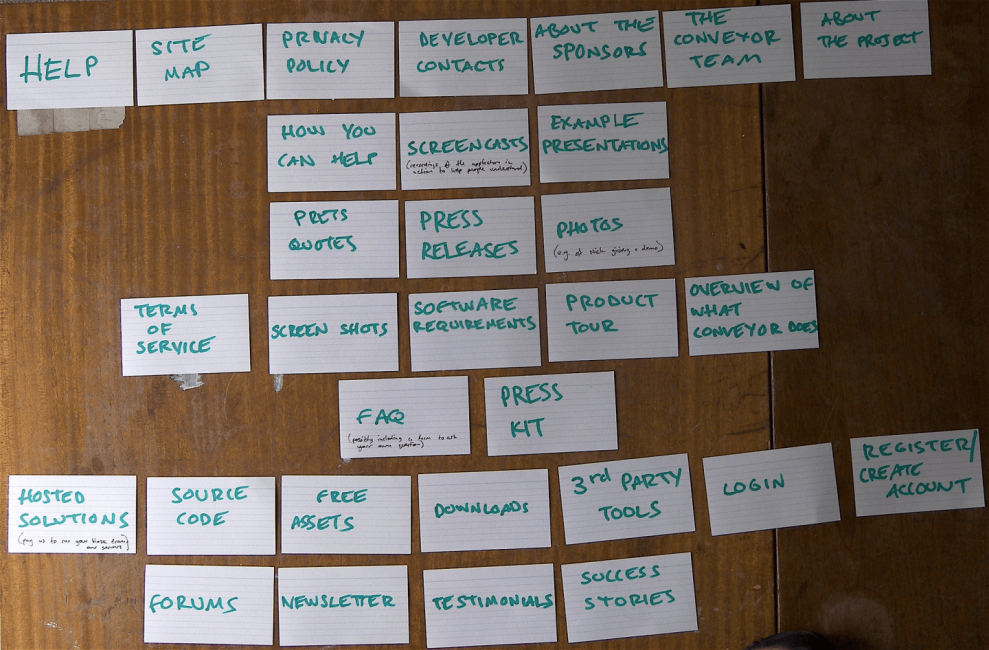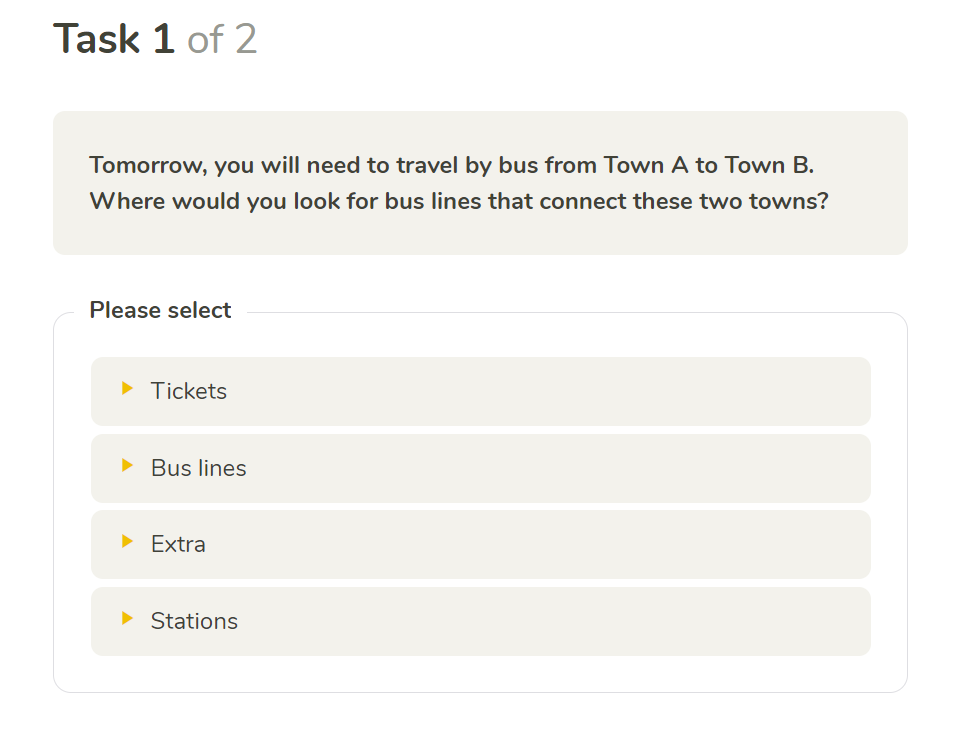
How UX Research Can Level Up Your Marketing
Last update: 29 November 2023 at 12:27 pm
Every business, profit on non-profit has targets to fulfill in order to stay relevant and be successful.
Whether increasing revenue through sales, converting website visitors to donors, or building membership, your product needs marketing to be top-notch to convert potential customers to real ones.
Marketing teams in the recent past solely relied on marketing research to obtain insights about customers, product potential, and market trends. It influenced the brand messaging, ads, and other marketing materials they launched.
But in today’s highly competitive world, marketing is beyond selling fantastic stories about what your product can do or spamming websites with ads and pop-ups. In fact, these tactics negatively affect the user experience of your product, which proves to be costly to your business.
Good user experience research leads to a good user experience. And we will show how UX research can also improve your marketing in this article.
What Is User Experience Research?
“UX (user experience) research is the systematic study of target users and their requirements, to add realistic contexts and insights to design processes.” – Interaction Design Foundation.
Simply put, it is the process of conducting research to understand user behavior and user interactions with your product.
Its goal is to design a product that is customer-centric and user-friendly. And statistics have shown that having a good user experience design can boost your ROI by a whopping 400% amidst other business benefits.

Can UX Research Be Applied to Marketing?
UX research can do more than improve your customer’s user experience. It can improve business results.
“Marketing without UX is like throwing darts in the dark. Don’t hope to hit a goal when you can use data to understand the context, emotion, and needs to ensure a bullseye.”
Growth marketing advisor; Angie Schottmuller:
Since marketing is about convincing customers that what you’re offering them is exactly what they need at that point in time, what better way to guarantee significant success than to understand the psychology behind your customers’ decisions?
Knowing your customers beyond broad statistical data like their demography and income levels is vital to your marketing efforts. You require insights on their motivations, needs, goals, and pain points to inform your business decisions.
The Type of User Experience Research You Need
Before you jump on the different user experience research methods available, you first have to determine what information you need from the research.
|
Discover the most relevant UX/UI agencies for your project based on your own requirements for free.
Find an agency now!Quantitative Research or Qualitative Research Methods
Quantitative research provides you with measurable numerical data about your customers on a broad scale, while qualitative research focuses on identifying user behaviors and attitudes on an individual level. It answers the “why” behind customers’ decisions.
Companies don’t exclusively choose one type over the other. Instead, they use both qualitative and quantitative methods to get valuable insights and stay ahead of competitors.
Behavioral Research or Attitudinal Research Methods
According to the Nielsen Norman group, “the distinction (between behavioral and attitudinal research) can be summed up by contrasting ‘what people say’ versus ‘what people do’.”
Traditional marketing leans towards attitudinal research by focusing on what people say. From surveys to focus groups and user interviews, we draw inferences on our customers’ perception of the product to inform decisions. Unlike design or modern-day marketing, where we observe human behavior and draw inferences on their behavior patterns.
Generative or Evaluative Research Methods
Generative research helps define the design problem and conceive new ideas to help solve it, while evaluation research helps you test the solutions.
UX researchers use generative research at the beginning of the design project during the ideation phase. They then use the evaluative research method iteratively over the product development process.
Types of UX Research Methods to Consider
Surveys
Surveys are one of the most frequently used methods to collect data from your users. They also tend to focus more on the user research aspect of the design process.
To maximize the benefits of your survey, design research questions that are devoid of bias and encourage honest feedback. Including both open-ended and closed-ended questions in your survey will give you qualitative and quantitative data about your real users.
Surveys are also used alongside other research methods like usability testing to get feedback from your test participants about the test experience or the product itself.
This UX research method may take the form of emails, online surveys, or conducting interviews on-site.
Diary Studies
This UX research method gives an in-depth view into your users’ minds as they record their interactions with the product over a long period. In a diary study, test participants take the initiative to share their habits, thoughts, pain points and use contexts with the UX researcher at regular intervals.
Diary study is preferred when you can only get the required information after a long process. Or when a single test is not enough. For example, testing the usability of a fitness tracker.

Usability Test
Usability testing or user testing is a UX research method used to identify usability problems and opportunities for improvement in the UX design of a given project. It also tests feature ideas or a particular feature already available.
The research team creates test scenarios and gives participants a series of tasks to complete using the product user interface. They are then observed and recorded while completing the tasks.
This research method can take the form of moderated usability tests where a researcher interacts with the test participant as they use the product or unmoderated usability tests where there is no interaction with the participant.
With the advancement in technology, researchers can conduct remote usability testing to observe how users interact without any barriers to distance.
Card Sorting
Card sorting is one of the UX research methods that strongly complements marketing efforts.
People navigate various websites daily, and their experiences with each previous website contribute to how they think the new site they visit should function. These mental models determine how they navigate your website to find information.
With card sorting, you can gain insights into your customer’s mental models and design the information architecture of your product to meet their expectations. You can also position your marketing materials like ads to pop up at the right time in their customer journey.
This qualitative research method involves asking participants to organize labeled cards into groups in a manner that makes sense to them. It is then analyzed to see if their site structure matches the design you have in place. In some card sorting techniques, participants may also label their created groups. Each card represents an item of information they would find on the website.

Tree Testing
Tree test sometimes called reverse card sorting, is used to get qualitative data on how your customers navigate the existing website.
Customers use your product because of its content, so making it easy to find is vital to your success.
If navigation is bothersome, your customers will not be motivated to sign up for promos, subscribe to emails, or even do anything you would like them to do. After all, you haven’t made it easy for them to use your product.
Tree testing involves creating a visual representation of your website’s information architecture in a text format and asking test participants to find information within that structure. Like card sorting, you can use pieces of paper, actual cards, or an online testing tool to conduct this user research.

A/B Testing
This test is another of the widely used UX research methods. It provides valuable information to marketing teams by measuring the actual performance of two different website versions. You can check which call-to-action copy converts more customers, which ad placement leads to higher click-through rates, which website’s user interface design attracts more potential customers, and so on.
To conduct A/B testing, you split your customers into at least two groups and direct each group to a different live version of your website. Their interactions are then analyzed to get insights that inform your marketing decisions.
This user experience research method is cheap to perform using available user testing tools.
Field Research
Field research or field study is a user research method where researchers observe and study how users use the product in their natural environment – be it the home, office, anywhere.
It helps researchers gain a deeper understanding of the potential users. Field research leads to more accurate user personas, journey maps, use cases, and user stories.
Other UX research methods like the focus group, concept testing, participatory design come in handy to get information on your target audience.
User Experience Consultant: Why You Need One or How to Become One
In recent years, with the individualisation of personal computers and the increasing number of devices per person, more and more software companies have begun putting customers first. While trying to understand the user and leverage the attention, user experience (UX) design services have become popular. The position of a user experience consultant combines what a […]
Outsource Web Design: Why and How to Find The Perfect Agency
In the past, not having the required skills for completing all parts of a project or not finding the right person to do so was a limitation that kept many good ideas from being executed. The expenses of finding a qualified professional to make a reality what your business ambitions and other inconveniences made it […]
Take Your Marketing to the Next Level
Jakob Nielsen, Co-founder of NN/g, recommends integrating marketing research with UX research to improve the total customer journey and save costs.
Beyond that, combining the different UX research methods with existing marketing research caters to both your users’ and business needs.
Qualitative insights from the UX research tests go a long way into knowing what to advertise, when to promote it, and how to market the product in a way that guarantees you achieve your business objectives.
Remember that if you are unsure of the kinds of user experience changes your company should invest in or you have a plan but don’t have the resources to do so, you can always seek help from a qualified UX agency in London to guide you through the steps.






